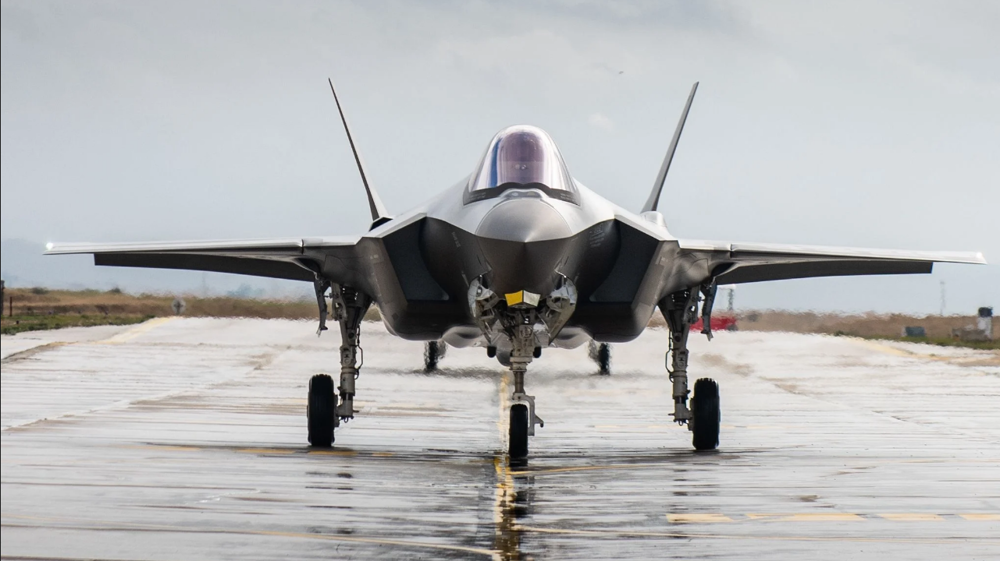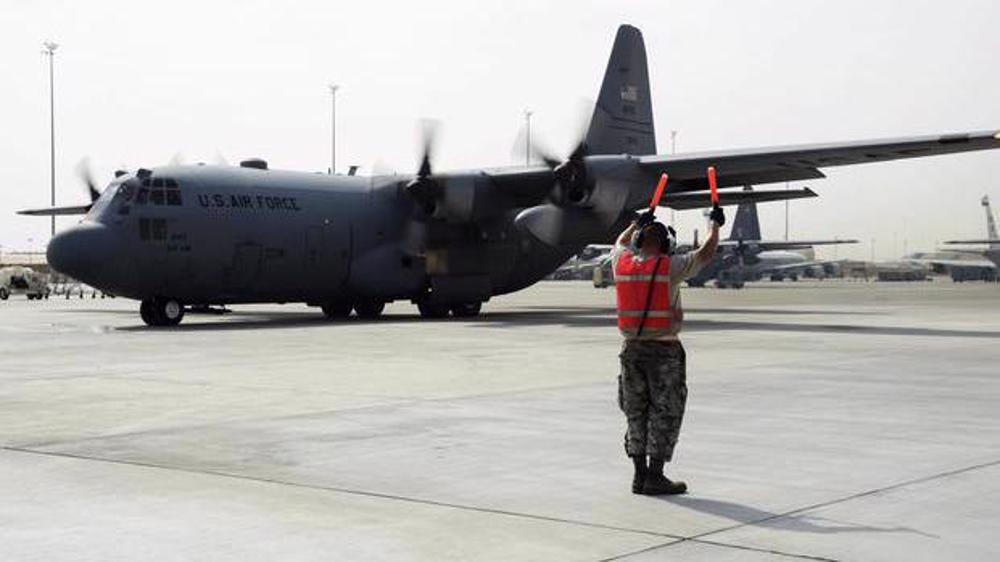US to develop laser weapons to target Russian, Chinese hypersonic missiles
Chief of US Naval Operations Admiral Mike Gilday has announced the Navy's efforts to develop so-called directed energy systems as a possible defense against hypersonic missiles already in the arsenal of Chinese and Russian militaries.
Gilday further underlined during a Friday address at the right-wing Heritage Foundation think tank in Washington that developing such systems, which would use high energy lasers or high power microwaves to destroy a hypersonic threat, remains a top priority of the US Navy.
“From a defensive standpoint, we're focused on the threat. We're not ignoring it,” the top US admiral reiterated without pointing to any progress in the development process.
The naval commander further admitted to the advances made by top US rivals such as Russia and China in the field of hypersonic weapons, saying: “They're a significant concern. Russia and China are both developing those capabilities and will be fielding those capabilities shortly.”
His remarks came after the online news outlet Politico cited unnamed sources as reporting last month that the US defense department is significantly boosting its spending to develop unmanned balloons, designed to operate in the stratosphere between altitudes of 18,300 to 27,400 meters to tackle potential threats from enemy hypersonic weapons.
According to the report, the Pentagon spent a relatively modest total of $3.8 million on initial research into the balloon surveillance project in fiscal years 2021 and 2022, a sum that has since been expanded to $27.1 million in fiscal year 2023.
Washington has persistently expressed concerns about lagging far behind Moscow and Beijing in the development of hypersonic weapons.
Russia became the first country in the world to achieve modern hypersonic capabilities after deploying the Kinzhal (Dagger) nuclear-capable air-to-ground missile system into service in late 2017.
China followed suit with rolling out the DF-ZF hypersonic glide vehicle in October 2019. The US is still in the process of testing hypersonic systems, some of which have been delayed due to a series of testing failures.
Hypersonic weapons move in the upper atmosphere at speeds of more than five times the speed of sound, or about 6,200 kilometers per hour.
VIDEO | Canadians preparing to hold more rallies in solidarity with Venezuela
VIDEO | Iranian national Mahdieh Esfandiari goes on trial for supporting Palestine
VIDEO | Italian farmers launch protest campaign against EU-Mercosur free trade deal
VIDEO | Trump’s Gaza ‘Board of Peace’ invitation sparks criticism in Pakistan
VIDEO | Iran, Iraq vow to deepen ties, hail US exit
Araghchi slams World Economic Forum for canceling his invitation
Iran condemns Argentina’s unfounded accusations against IRGC
VIDEO | Fighting British state














 This makes it easy to access the Press TV website
This makes it easy to access the Press TV website